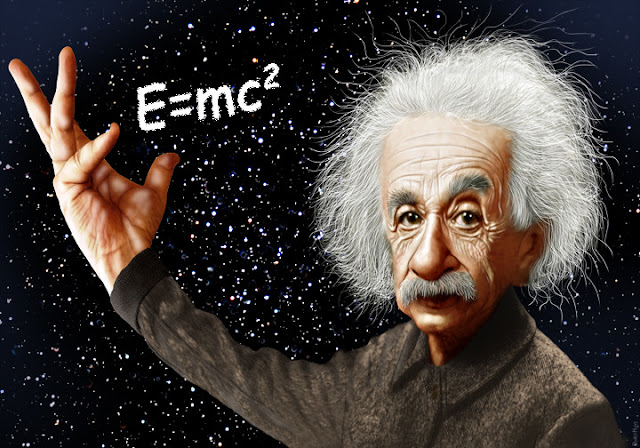Albert Einstein || Albert Einstein Biography || albert einstein inventions || einstein biography summary
Albert Einstein Wife, Education, Childhood, Student Life:
Albert Einstein was born on March 14, 1879 in Ulm, W inst Ratemberg, Germany. Six weeks later the family moved to Munich, where they later began schooling at the Leupold Gymnasium. Later, he moved to Italy, and Albert continued his education at Ariu, Switzerland, and in 1896 entered the Swiss Federal Polytechnic School in Zurich, where he trained as a teacher of physics and mathematics. In 1901, the year he received his diploma, he accepted Swiss citizenship and accepted as a technical assistant in the Swiss patent office because he could not find a teaching position. He received his doctorate in 1905.
In the patent office, and in his spare time, he produced his most important work, and in 1908 was appointed Privatdozent at Bern. In 1909 he became Professor of Paranormal in Zurich, Professor of Theoretical Physics in Prague in 1911 and returned to Zurich the following year. In 1914, he was appointed director of the Kaiser Wilhelm Physical Institute and a professor at the University of Berlin. He became a German citizen in 1914, and for political reasons renounced his citizenship and remained in Berlin until 1933 when he moved to the US to take up the position of Professor of Theoretical Physics at Princeton. He became a United States citizen in 1940 and retired in 1945 from his post.
After World War II, Einstein was a prominent figure in the world government movement, which gave him the presidency of the State of Israel, which he rejected and founded the University of Hebrew Jerusalem with Dr. Chaim Wiseman.
Einstein always had a clear vision of physical problems and was determined to solve them. He had his own strategy and was able to imagine big steps on the way to his goal. He considers his major achievements to be the next step.
At the beginning of his scientific work, Einstein realized the shortcomings of the laws of the electromagnetic field. He worked with classical mechanics, and his theory of relativity was linked to problems of statistical mechanics, and his attempt to reconcile them with quantum theory with integral problems: it explained the Brownian motion of atoms. Hui. He investigated the thermal properties of light with low radiation concentrations, and his observations laid the foundation for the photon theory of light.
In his early days in Berlin, Einstein proposed the theory of gravity, and in 1916 he published his paper on the theory of general relativity. During this time he also contributed to the problems of radiation and statistical mechanics theory.
In the 1920s, Einstein pioneered the creation of unified field theories, although he continued to work on a possible explanation of quantum theory and he continued to work in the United States. He contributed to statistical mechanics by developing a quantum theory of ghost gas and made valuable contributions to molecular transformation and relativistic cosmology.
After his retirement he was working on the integration of the basic concepts of physics, taking the opposite view, geometry and many physicists.
Einstein's research is old and his more important works include The Theory of Relativity (1905), Relativity (English translation, 1920 and 1950), General Theory of Relativity (1916), An Theory of Brownian Investigation Investigation (1926). , And the development of physics (1938). What about his unscientific works, Zionism (1930) and why? (1933), My Philosophy (1933) and Out of My Later Years (1950) are perhaps the most important.
Albert Einstein received honorary doctorates in science, medicine and philosophy from many Europeans
Enjoy A video of Albert Einstein Biography:







No comments